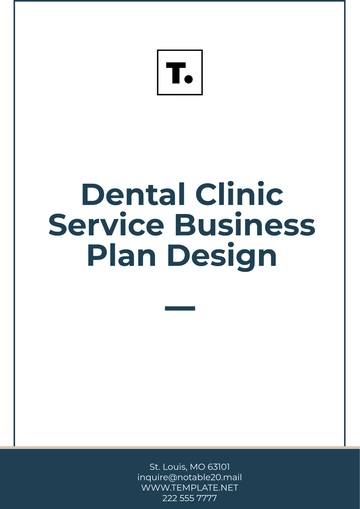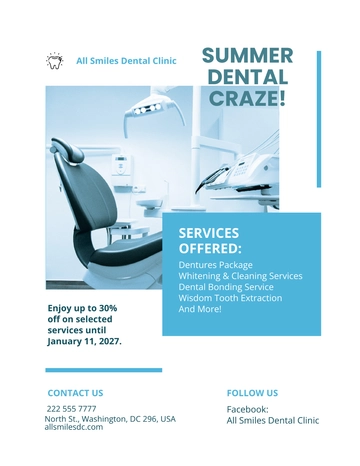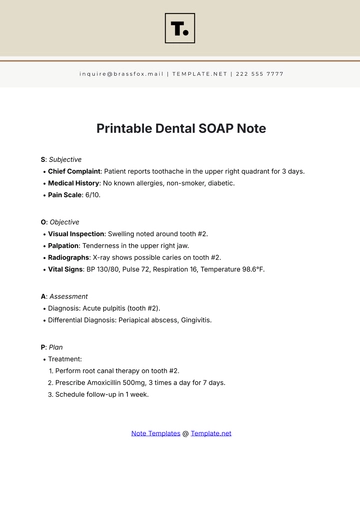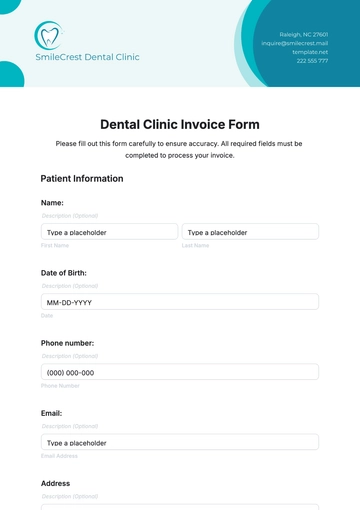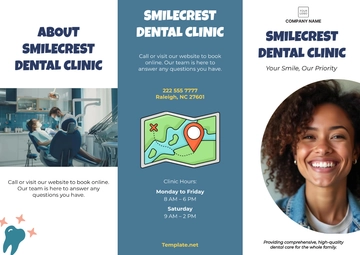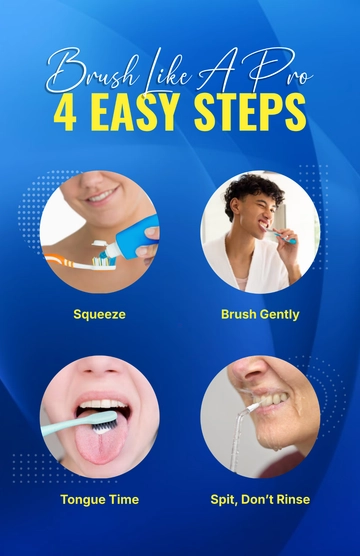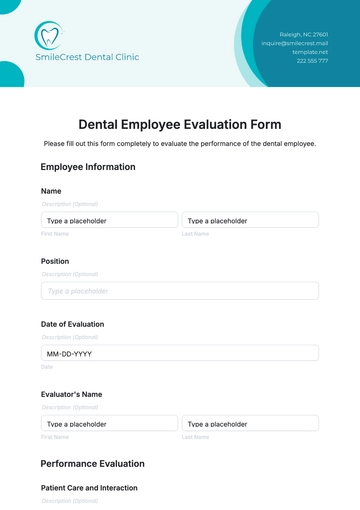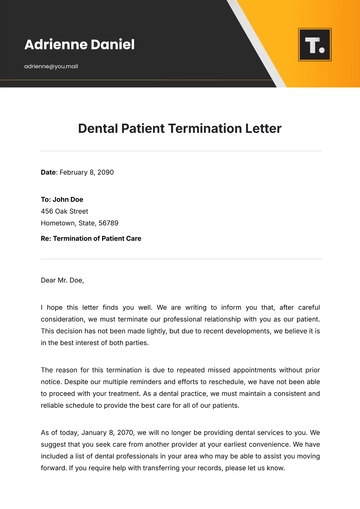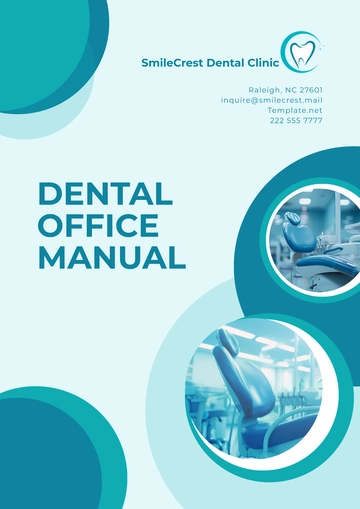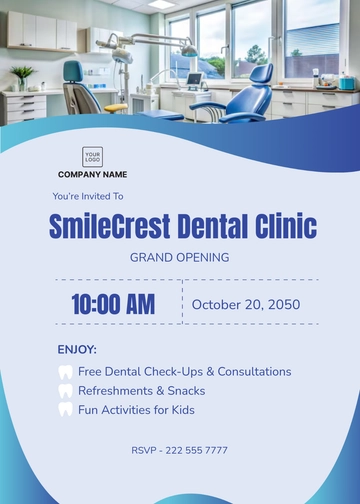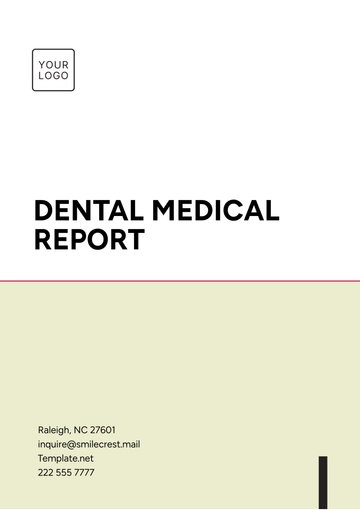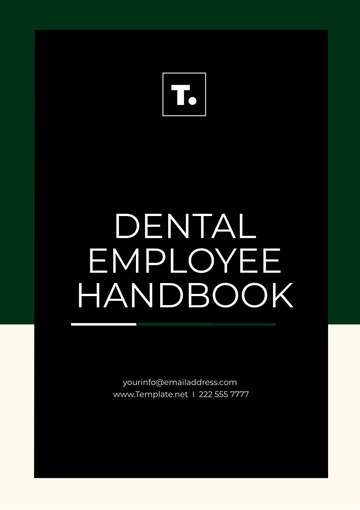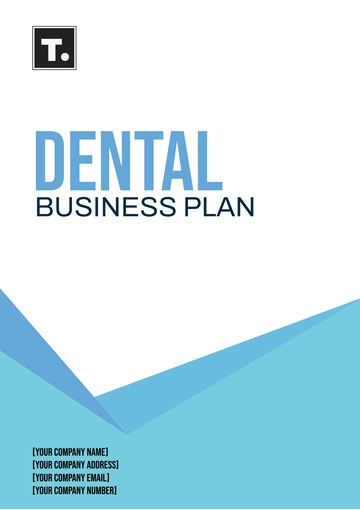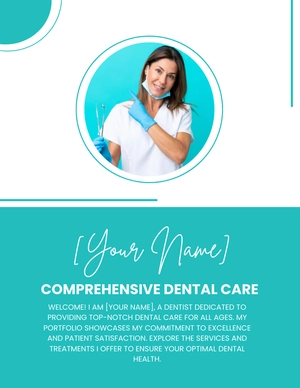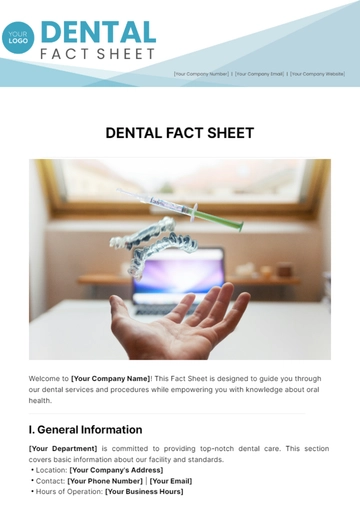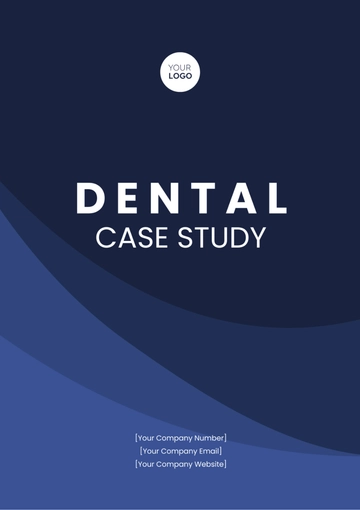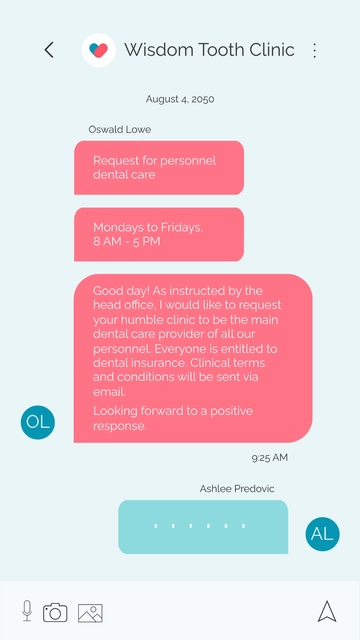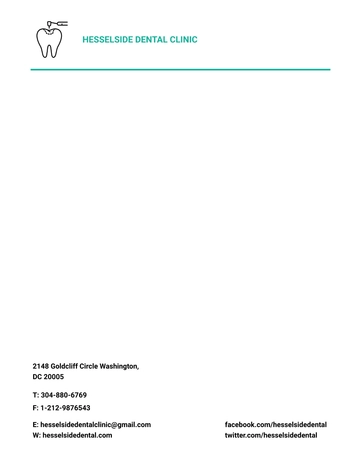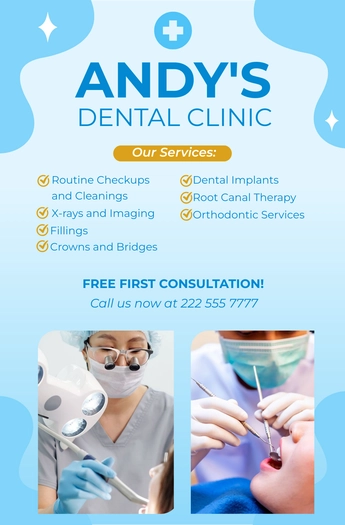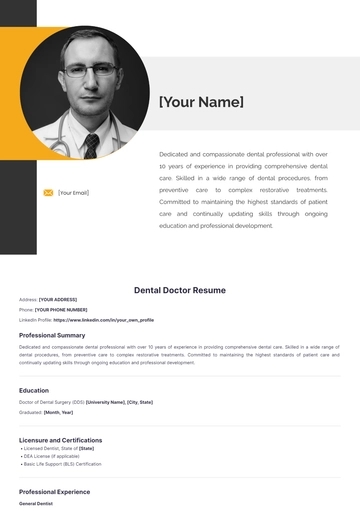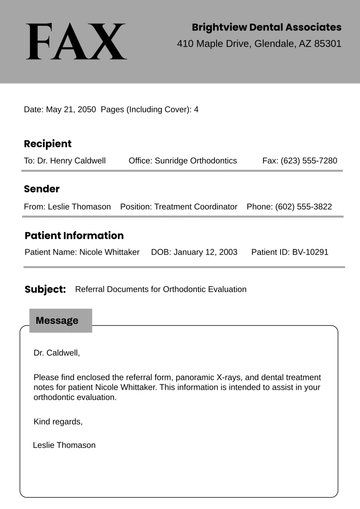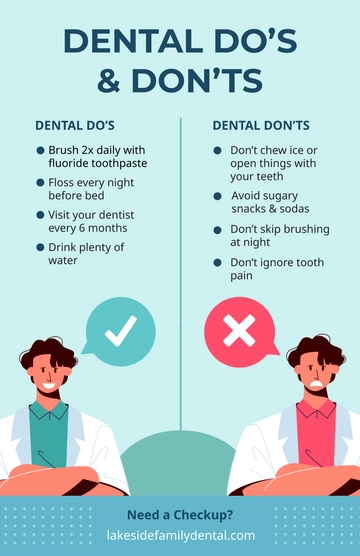Free Dental Case Study
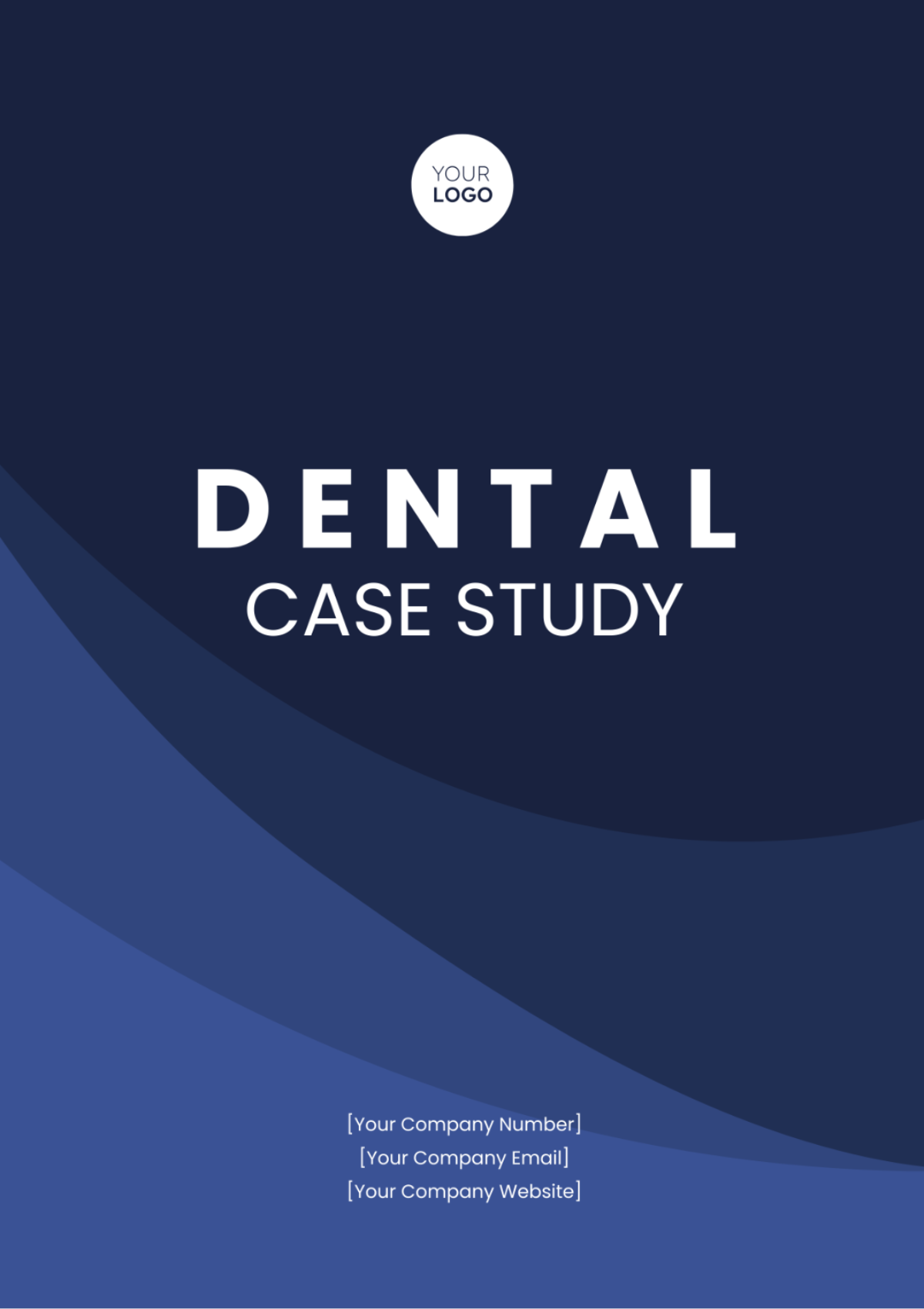
I. Patient Background
The 38-year-old female patient, [Patient Name], has managed her hypertension well and has no other health conditions. Despite no significant dental procedures, she has regular check-ups and cleanings. She practices good oral hygiene and has no allergies to dental substances or drugs.
II. Chief Complaint
The patient experienced severe pain in their lower left molar in the past two weeks, especially when chewing, causing difficulty eating and discomfort. A clinical exam revealed gum swelling, tenderness, deep cavities, and pulp involvement with periapical issues. It indicates the need for further diagnoses like pulp vitality tests and potentially a series of periapical X-rays to determine the extent of the infection.
III. Diagnosis
Upon examination and consultation with our endodontist, the patient was diagnosed with irreversible pulpitis in the lower left first molar, with deep caries causing pulp chamber inflammation and periapical pathology. Mild chronic periodontitis was also noted, emphasizing the need to address both endodontic and periodontal aspects in treatment planning.
IV. Treatment Plan
Based on the diagnosis and the patient's goals, a treatment plan was developed, consisting of the following interventions:
Endodontic Treatment:
Root Canal Therapy for the lower left first molar to address irreversible pulpitis and periapical pathology.
Restorative Procedures:
Composite Restoration to restore the tooth's structural integrity post-endodontic treatment.
Periodontal Treatment:
Scaling and Root Planing to manage mild chronic periodontitis and promote periodontal health.
Patient Education:
Detailed instructions on oral hygiene practices, including proper brushing, flossing techniques, and regular dental visits.
The plan incorporated the patient's preferences, budget constraints, and expected outcomes. It discussed insurance options for less invasive treatments to preserve natural teeth, focusing on pain relief, restoring function, and long-term oral health.
V. Procedures Performed
The treatment plan was executed in stages, beginning with:
Endodontic Treatment:
Root Canal Therapy was performed for the lower left first molar to remove infected pulp tissue and alleviate pain.
Restorative Procedures:
Following successful root canal therapy, a Composite Restoration was placed to restore the tooth's shape and function.
Subsequent interventions included:
Periodontal Treatment:
Scaling and Root Planning sessions were scheduled to address mild chronic periodontitis. The treatment focused on removing plaque and calculus, smoothing root surfaces, and promoting gum health.
Patient Education:
The patient received detailed instructions on proper oral hygiene practices, including brushing techniques, flossing, and the importance of regular dental check-ups.
All procedures utilized suitable techniques and materials, leading to pain reduction, improved tooth function, and enhanced periodontal health for patients.
VI. Outcomes
The post-treatment evaluation revealed significant improvements in:
Clinical Parameters:
Reduction in gingival inflammation and improvement in periodontal probing depths.
Complete resolution of pain and discomfort associated with the treated tooth.
Restoration of normal occlusal function and chewing ability.
Patient-Reported Outcomes:
High satisfaction levels were reported by the patient regarding pain relief and restored tooth function.
Improved quality of life due to regained ability to eat and speak comfortably.
Treatment interventions succeeded, as shown by photos and expert reviews.
Proper healing of periapical tissues and absence of periapical radiolucency on follow-up radiographs.
Adequate adaptation and longevity of the composite restoration.
No significant complications or adverse events noted during the post-treatment period.
VII. Follow-up Care
The patient received detailed post-treatment care instructions.
Oral Hygiene Practices:
Brushing with fluoride toothpaste at least twice daily.
Flossing or using interdental brushes daily to maintain clean interproximal spaces.
Using a fluoridated mouthwash as recommended by the dentist.
Dietary Recommendations:
Avoiding sticky and hard foods that may stress the treated tooth.
Limiting sugary snacks and beverages to reduce the risk of new cavities.
Use of Prescribed Medications or Oral Appliances:
Use of prescribed pain medications or antibiotics as instructed by the dentist, if necessary.
Recommendation for a night guard if bruxism (teeth grinding) is a concern.
Post-treatment follow-ups were arranged weekly, monthly for restoration checks, and quarterly for periodontal care and general oral health assessments. These checks promoted treatment monitoring, prompt issue resolution, and reinforced preventative strategies for enduring oral health.
- 100% Customizable, free editor
- Access 1 Million+ Templates, photo’s & graphics
- Download or share as a template
- Click and replace photos, graphics, text, backgrounds
- Resize, crop, AI write & more
- Access advanced editor
Highlight your dental expertise and success stories with our Dental Case Study Template from Template.net. Tailored for dental professionals and clinics, this customizable template is editable in our Ai Editor Tool. Create detailed and descriptive case studies that effectively illustrate your skills and patient outcomes. Showcase your treatments and methodologies with clarity.
